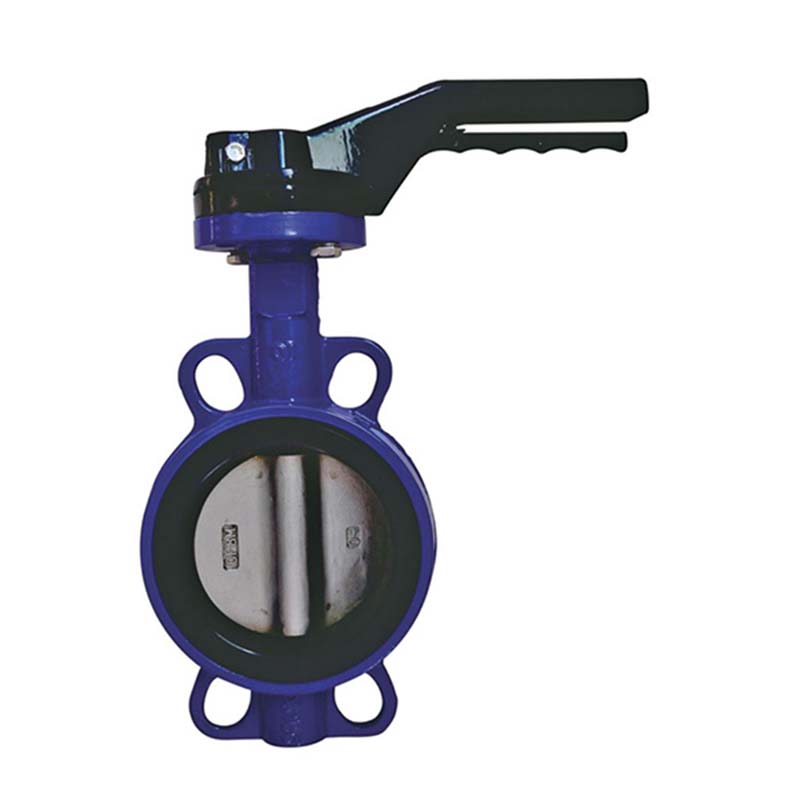10 月 . 12, 2024 21:55 Back to list
1400mm butterfly valve
Understanding the 1400mm Butterfly Valve Design, Functionality, and Applications
In the realm of fluid control systems, the butterfly valve stands out as a highly efficient and versatile component. Specifically, the 1400mm butterfly valve is gaining significant attention in various industrial applications due to its size, durability, and performance efficiency. This article delves into the design, operation, maintenance, and applications of the 1400mm butterfly valve, highlighting its importance in modern engineering.
Design and Construction
The 1400mm butterfly valve is a large-diameter valve that features a disc, which rotates around a vertical axis to control flow. This specific model is characterized by its compact design, making it suitable for both large and medium-duty applications. Typically, these valves are constructed from robust materials such as carbon steel, stainless steel, or ductile iron, ensuring resistance to corrosion and pressure variations. The choice of material often depends on the fluid that the valve will regulate, ensuring compatibility and longevity.
The valve consists of several critical components, including the body, disc, stem, and actuator. The body houses the disc and facilitates attachment to pipelines. The disc is the operational part that opens or closes the passageway when rotated. The stem connects the disc to the actuator, which can be manual, electric, pneumatic, or hydraulic, depending on the required control method.
Operation Principle
The operation of a 1400mm butterfly valve is relatively straightforward. When the actuator is engaged, it turns the stem, resulting in the disc rotating either 90 degrees to fully open or close the valve. This rotational movement provides a quick response time, allowing for effective flow regulation. The primary advantage of a butterfly valve over other valve types, such as gate or globe valves, is its ability to control large volumes of fluid with minimal pressure drop.
The simplicity of its operation combined with quick actuation leads to increased efficiency in various industrial processes. Furthermore, the valve's design allows it to be easily integrated into automated systems, enhancing the overall functionality of fluid handling systems.
Maintenance Considerations
Maintaining a 1400mm butterfly valve is essential for ensuring its longevity and performance. Regular inspections should focus on the seal integrity, actuator functionality, and operational smoothness of the disc. Any signs of wear, corrosion, or irregular operation should be addressed promptly to prevent leaks or failures.
1400mm butterfly valve

Routine maintenance may include lubrication of moving parts, tightening of bolted connections, and verification of the actuator's response times. Additionally, periodic performance testing under operating conditions can help identify potential issues before they affect the system’s efficiency.
Applications
The versatility of the 1400mm butterfly valve allows it to be employed across various industries. Some prominent applications include
1. Water Treatment Plants Used for regulating flow in treatment processes, these valves help in controlling the distribution of water effectively.
2. Oil and Gas Industries The 1400mm butterfly valve is critical in pipeline systems where large volumes of hydrocarbons need to be managed safely and efficiently.
3. Chemical Processing In the chemical industry, these valves can handle corrosive substances, making them ideal for maintaining precise flow control in production processes.
4. HVAC Systems The large size of the valve makes it suitable for controlling airflow in heating, ventilation, and air conditioning systems, contributing to energy efficiency and environmental control.
5. Power Generation These valves are also significant in power plants for managing water and steam flows in different stages of the energy production process.
Conclusion
The 1400mm butterfly valve represents a crucial component in the management of fluid systems across various sectors. Its efficient design, ease of operation, and broad application range make it an indispensable tool in modern engineering. By understanding its function and maintaining it properly, industries can ensure optimal performance and longevity, contributing to overall system efficiency and reliability. As technology advances, we can expect continued improvements in butterfly valve design and functionality, further enhancing their role in industrial applications.
Share
-
Understanding the Differences Between Wafer Type Butterfly Valve and Lugged Butterfly ValveNewsOct.25,2024
-
The Efficiency of Wafer Type Butterfly Valve and Lugged Butterfly ValveNewsOct.25,2024
-
The Ultimate Guide to Industrial Swing Check Valve: Performance, Installation, and MaintenanceNewsOct.25,2024
-
Superior Performance with Industrial Swing Check Valve: The Essential Valve for Any SystemNewsOct.25,2024
-
Industrial Swing Check Valve: The Ideal Solution for Flow ControlNewsOct.25,2024
-
You Need to Know About Industrial Swing Check Valve: Functionality, Scope, and PerformanceNewsOct.25,2024